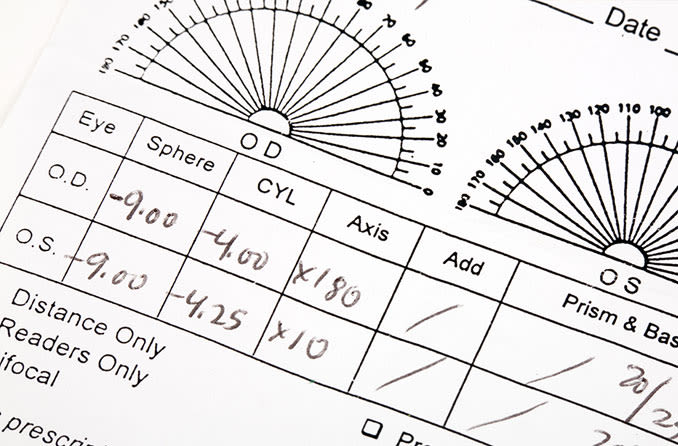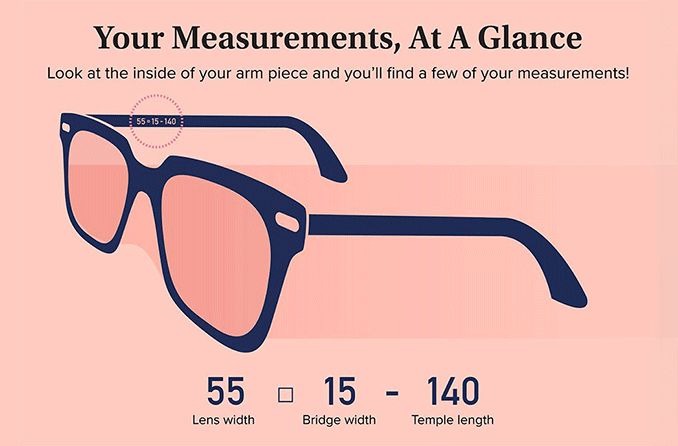Can eyeglass prescriptions be used to buy contact lenses?
No, you cannot use your glasses prescription to buy contact lenses.
An eyeglass prescription only works for the purchase of eyeglasses. It does not contain certain information that is crucial to acontact lens prescription.
That information can only be obtained through a contact lens fitting, an additional procedure that can be performed during your eye doctor visit.

Eyeglass lenses are positioned at a distance from the eyes, while contacts rest directly on the eyes. That distance affects the lens power required for eyes to focus properly.
In addition to the information in an eyeglass prescription, a contact lens prescription must specify the base (central) curve of the back surface of the contact lens, the lens diameter, and the specific manufacturer and brand name of the lens.
Also, the power of an eyeglass prescription frequently is modified when determining the best contact lens power. This is because eyeglass lenses are worn some distance (usually about 12 millimeters) from the surface of the eye, whereas contact lenses rest directly on thecornea of the eye.
An accurate contact lens prescription can be written only after a contact lens fitting has been performed and the prescribing doctor has evaluated your eyes' response to the lenses and to contact lens wear in general.
SEE ALSO:Contact lens vs. eyeglasses prescriptions












